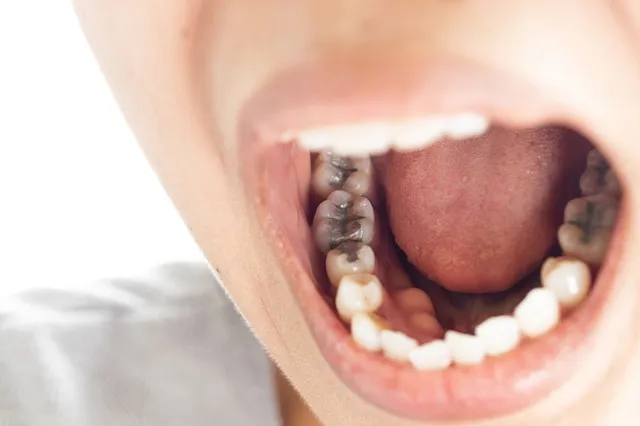Preventive dentistry plays a critical role in maintaining oral health. It helps keep cavities and gum disease at bay. By focusing on regular dental check-ups and good oral hygiene, we can avoid more serious dental issues down the line. A Harbourfront Toronto dentist often emphasizes that taking care of our teeth goes beyond a simple cleaning routine. It involves brushing twice a day, flossing regularly, and using fluoride toothpaste. Eating a balanced diet also supports dental health by providing essential nutrients. Visiting a dentist at least twice a year is important. These visits help catch problems early. Dentists can also offer personalized advice to improve dental care routines. By incorporating these practices into our lives, we ensure healthier teeth and gums. We also reduce the risk of needing extensive treatments in the future. Prevention is key when it comes to keeping our smiles bright and healthy.
Brushing and Flossing: The Basics
Good oral hygiene starts with brushing and flossing. Brushing twice a day with fluoride toothpaste helps remove plaque. Use a soft-bristled toothbrush to protect your gums. Flossing removes food particles and plaque between teeth. This prevents gum disease and tooth decay. The American Dental Association advises replacing your toothbrush every three to four months. For more tips on proper brushing and flossing techniques, visit the American Dental Association’s website.
Diet and Nutrition
Our diet affects our dental health. Foods rich in calcium and vitamin D strengthen teeth. Dairy products, leafy greens, and almonds are good sources. Limit sugary snacks and drinks. Sugar feeds bacteria in our mouths, leading to cavities. Drinking water helps rinse away food particles and keeps our mouths hydrated. Chewing sugar-free gum after meals can also help stimulate saliva production, which neutralizes acids and protects our teeth.

The Importance of Regular Dental Visits
Seeing a dentist regularly is crucial. Dental check-ups help spot issues early. They include cleaning teeth, examining gums, and checking for signs of trouble. The dentist may take X-rays to look for hidden problems. This proactive approach saves time and money by addressing small issues before they become serious. According to the Centers for Disease Control and Prevention, visiting the dentist twice a year is a good guideline for most people. However, some may need more frequent visits based on their dental health needs.
Preventive Treatments
Dentists offer several preventive treatments. Sealants are one option. They are thin coatings applied to the chewing surfaces of back teeth. Sealants help protect against decay by sealing out plaque and food. Fluoride treatments are another option. They strengthen teeth and help prevent cavities. Both treatments are quick and painless, making them ideal for both children and adults.
A Comparative Look at Preventive Practices
| Practice | Benefits | Frequency |
|---|---|---|
| Brushing | Removes plaque, prevents cavities | Twice daily |
| Flossing | Cleans between teeth prevents gum disease | Once daily |
| Dental Check-ups | Identifies issues early, professional cleaning | Twice a year |
| Sealants | Protects against decay | As advised by dentist |
| Fluoride Treatments | Strengthens enamel, prevents cavities | As advised by dentist |
Conclusion
Preventive dentistry is about taking control of our dental health. By maintaining a regular care routine and visiting the dentist, we can prevent cavities and gum disease. Remembering the basics of brushing and flossing, eating a balanced diet, and staying informed about preventive treatments will help in this effort. As history shows, an ounce of prevention is worth a pound of cure. By working together with our dental professionals, we can enjoy healthy, vibrant smiles for years to come.





